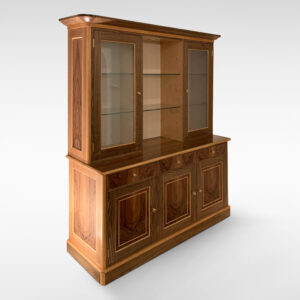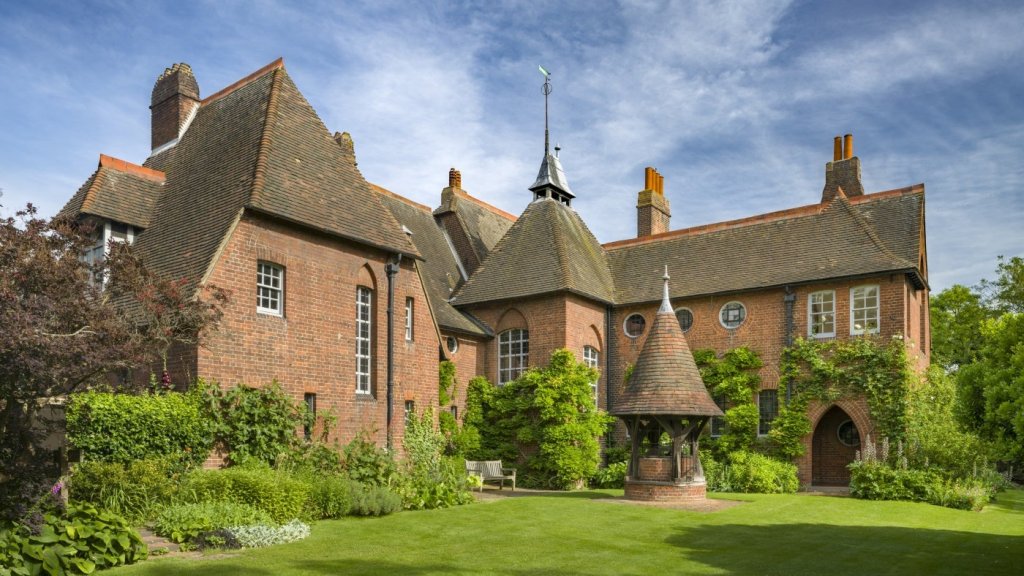

The Arts and Crafts Movement, one of the most important influences on global architecture and interior design, established its roots in Kent. William Morris, who is widely considered to be the founding father of the movement, began married life at The Red House in Bexleyheath. Designed by Philip Webb in 1859, this was the first building to be designed by Webb and it soon became an artistic community with Janey and William’s pre-Raphaelite friends arriving at the weekends to assist with the decorations.
In fact, the Arts and Crafts Movement was much more than a design obsession. It embraced social and philosophical attitudes that were prevalent in the second half of the 19th century. The industrial revolution had hastened the development of factories and towns across Britain where the working conditions were often appalling and slum conditions common. Morris and other leading designers were reformers at heart. They believed that the environment in which people worked and their connection to the pieces they made were crucial elements of a happy life.
It was the medieval guild systems, where craftsmen were involved in every aspect of manufacturing, that inspired William Morris and contemporaries such as Charles Robert Ashbee. With a philanthropic attitude typical of well-to-do young men of the time, Ashbee wanted to improve the lives of the working classes and in 1888 he founded the Guild and School of Handicraft in Whitechapel. His designs were successful, and the Grand Duke of Hesse commissioned furniture for the palace in Darmstadt. Come 1902, Ashbee wanted to pursue the romantic ideal of rural life and achieved a remarkable feat, moving the Guild – 150 men, women and children – to Sheep Street, Chipping Camden in the Cotswolds. Sadly, commercial realities meant that the Guild wound down by 1908. Today the descendants of George Hart, one of the original members, still run the company as Hart Silversmiths, using the same tools and methods.
In 1924, Charles and his wife Janet moved to her childhood home in Godden Green, Sevenoaks where Ashbee continued his crusading interests in town planning, writing to the Times in 1928 about his concerns regarding a shop that was built next to Bligh’s Hotel.
The Kentish domestic and functional “vernacular” houses with the hanging tiles and long, sloping roofs that are so redolent of the Arts and Crafts style, can be seen in the buildings of Mackay Hugh Baillie Scott, who was born at Beards Hill near Ramsgate. His distinctive houses can be found in Sevenoaks and Canterbury, as well as many other counties. The well-planned, comfortable homes feature beautifully crafted oak details, white painted exteriors and interiors and a refreshing simplicity.
We will be exploring more of our county’s Arts and Crafts heroes in future issues. You can discover fine examples of 19th and early 20th century furniture and home accessories from the period at The Design Gallery.
The Design Gallery was launched in 2002 to specialise in progressive design movements of the 19th and 20th Century. We met whilst studying at Sotheby’s Institute of Art and discovered that we shared a passion for design, especially Art Deco, Art Nouveau and the Arts & Crafts Movement.

The Design Gallery© All rights reserved
Designed by Jarilo Design